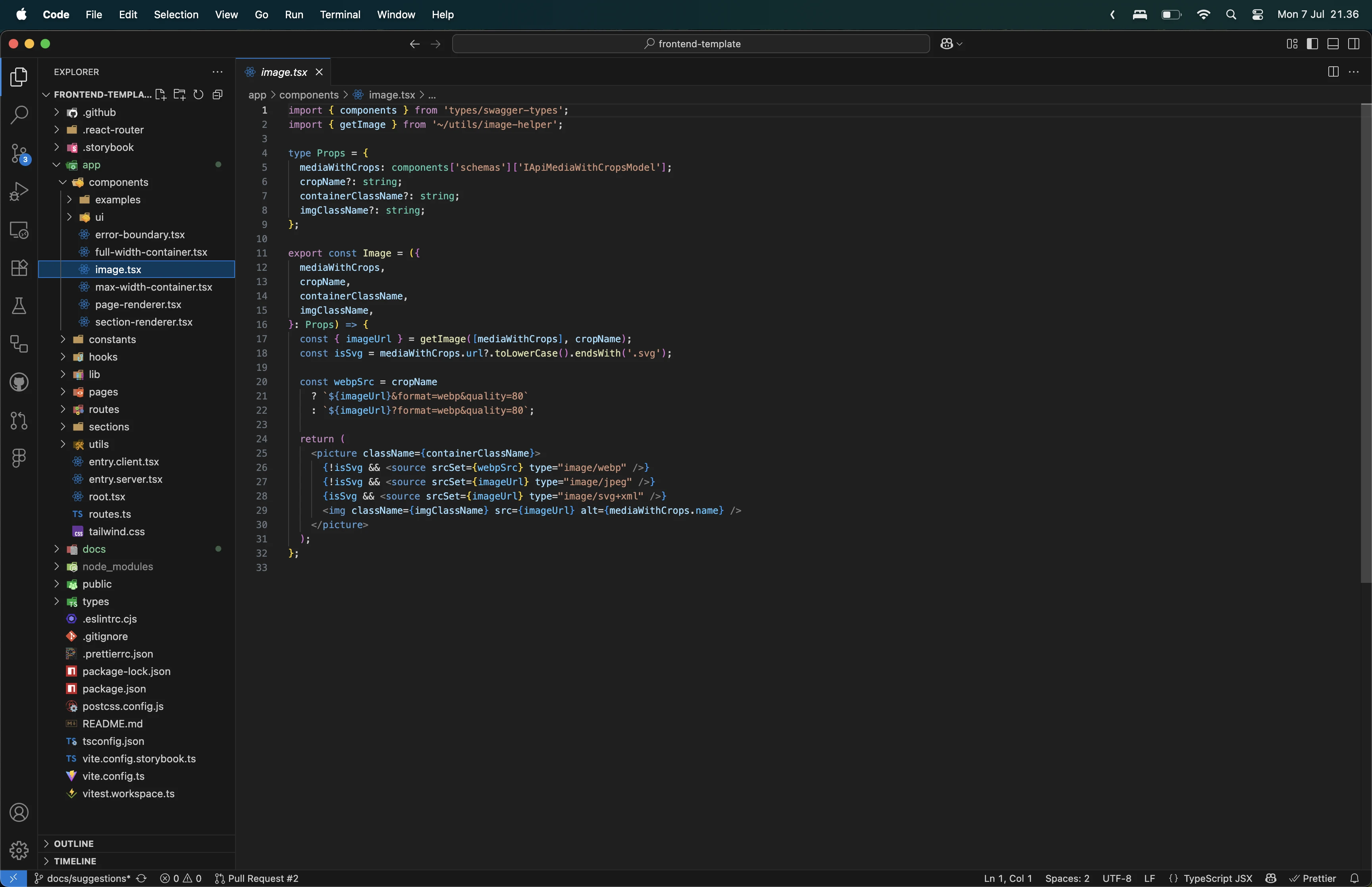As part of an internal effort to modernize our frontend development workflow, I was tasked with improving the company’s baseline project — a starter template used for spinning up all new marketing and product websites. The challenge: enhance performance and developer experience without disrupting established workflows or requiring the team to relearn tools.
The original setup used Webpack, a powerful but increasingly bloated bundler. I proposed migrating to Vite, a more modern build tool that offers instant development startup, fast hot module replacement (HMR), and better defaults out of the box. The catch was that the transition had to be seamless: no rewrites, no breaking changes, just a drop-in improvement.
The migration to Vite led to a noticeable reduction in bundle size and build time, while preserving the existing file structure, scripts, and workflow conventions. All the code remained fully compatible, so no one had to relearn anything — which was a hard requirement from the team. Developers were able to continue creating new websites exactly as before, with less friction and faster feedback.
Beyond performance, Vite also removed the need for several third-party plugins. Its native support for TypeScript, CSS preprocessors, ES Modules, and static asset imports cleaned up the config and simplified maintenance. Overall, this upgrade delivered better performance, faster iteration cycles, and a smoother dev experience — without changing how we work.
